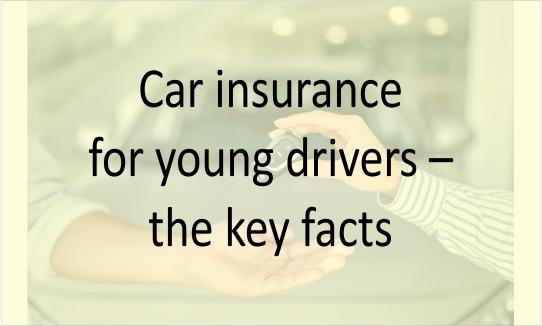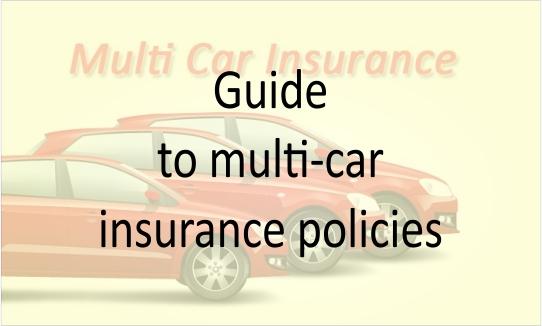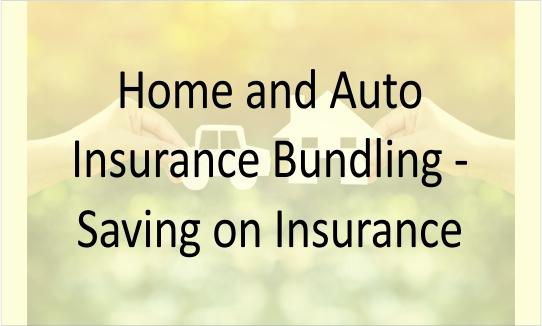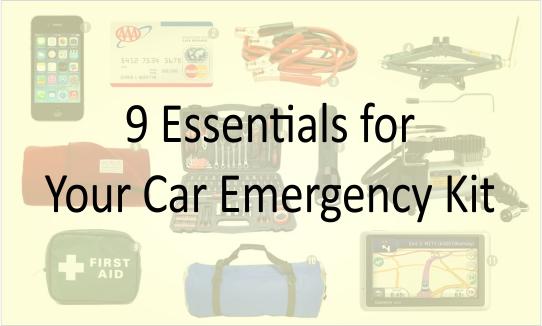Car insurance for young drivers – the key facts

Young drivers’ car insurance is likely to be very expensive and as a new driver it’s good to know about different coverage levels and what affects how much you pay. Here you can find out everything you need to know about new driver car insurance, how to get the best deal and reduce your premiums.
Young driver insurance tips
- So you’ve passed your test, you’ve chosen a car, and now all you need is insurance!
- If you’re driving without car insurance then you’re breaking the law.
- You could have your vehicle confiscated, be issued a penalty fine, and have to pay to have your car released.
- What’s more, if you’re uninsured and have an accident, you’ll be liable for the cost of everyone else’s injuries, their damages, compensation and repairs, even if the accident wasn’t your fault.
- You will lose your licence and may lose your job because of this.
- So whilst your car insurance may seem expensive to begin with, it’s nothing compared to what it will cost you not to have it.
- Other than your age, there are other factors to be aware of that determine your insurance premium, such as your choice of car, your job, how much you drive, and where you live.
- The good news is that as you get older, the cost of your car insurance will drop significantly.
- Insurance firms are starting to offer a driving black box for young drivers.
- It records how safely you drive and your style of driving, to help reduce the cost.
- There are a lot of online car insurance sites out there offering very competitive deals.
- However, some of them are a little bit too good to be true, so you need to be careful to avoid being scammed.
- We recommend using a price comparison site or, even better, a broker.
- And remember that it’s always worth having a go at haggling the price down once you’ve got a few quotes to compare.
- You could end up with a much better deal than you anticipated!
Car insurance premiums - working out the cost
The amount you pay for your car insurance is called a premium. Insurance companies will take all sorts of information from you in order to work out what your monthly or yearly premium will be. This includes:
- personal details, such as age and postcode
- information about the car you will be driving
- level of cover you’re looking for
- miles you think you’ll be driving each year
- previous car insurance claims
- criminal convictions
- no claims bonus – the number of years you’ve been driving without having made a car insurance claim.
This information allows the insurance company to build up a picture of how ‘risky’ you are, and they will calculate your premium based upon this. The higher the company deems the risk is, the higher the premium will be.
Car insurance levels of cover
When it comes to car insurance, one of the first things you will need to think about is what kind of cover you want. There are three levels of cover to choose from – third party, third party, fire and theft and fully comprehensive.
If you would struggle to replace your car if it was written off in an accident, it’s best to go for the highest level of cover – fully comprehensive. Third party cover might be the best option if your car is only worth a few hundred pounds.
However, fully comprehensive cover often costs less than third party, so it’s worth checking the price of both.
Discover everything you need to know about choosing the right level of cover.
Best way to insure young drivers
Car insurance for young drivers is always going to be expensive, but there are some ways to reduce your premiums.
Your choice of car is important. Each car is assigned an insurance group number from one to 50, with one being the cheapest to insure and 50 the most expensive. Driving a car in a low insurance group is the easiest way to reduce your premiums.
Adding a second, low-risk driver can also lower the costs of insurance. Parents are a good bet, but they can’t pretend to be the main driver – this is called ‘fronting’ and is illegal.
The fewer miles you drive, the lower your insurance costs. When applying for insurance you will be asked about how often the vehicle will be used and what distances you expect to cover. Less miles and less frequent use can result in lower premiums.
Car insurance for young drivers – the key facts.
Quick ways to reduce car insurance for young drivers
The best way to get cheaper car insurance for new drivers is to shop around for the best deal. Comparison sites are a great place to start, but there are also forums and social media groups who can offer advice as well. You can also search online for specialist young person’s car insurance providers.
Check out our guide on finding the best deals using comparison websites.
Once you have a couple of good quotes, call an insurance broker and ask them to beat it (it’s free, they’ll do the leg work and call you back).
Find a broker on the British Insurers Brokers’ website.
It is also worth paying for 12 months’ insurance all at once. If you pay in monthly instalments you will have to pay interest as well.
Paying a higher voluntary excess on top of your compulsory excess will reduce the cost of car insurance for new drivers and more experienced ones. The problem is you will end up paying more yourself if you need to make a claim.
Make sure you don’t get caught out by unexpected and unnecessary insurance add-ons. Breakdown cover, for example, is useful and can be included in an insurance quote. However, it might be cheaper to buy it separately.
What does a good car insurance policy look like?
How to decrease car insurance for young drivers
To get significant reductions in your car insurance premiums, you need to think longer-term.
Not getting into accidents means you will start to build up a no-claims discount, driving down premiums. Driving safely also means you avoid getting points on your licence, which can make insurance more expensive.
You can also think about taking an advanced driving course, but check with your insurance provider to find out if you will definitely get a better deal.
Find out more about advanced driving courses and Pass Plus on the website.
Another option is to get your name on the policy of somebody else as a second driver. This way you can benefit from a named driver no-claims discount, but make sure they are aged over 25 and have a good driving record.
Black box car insurance
Sometimes referred to as telematics insurance, these policies involve fitting a device to your car to monitor acceleration, braking, cornering, miles covered and what time of day you are driving.
The price of your insurance then goes down if you prove you are a good, safe driver.
However, there is a downside because bad driving can see your premiums go up and your insurance could even be cancelled.
Check up on your insurer
Don’t get scammed. Fake insurers sometimes target young drivers. Your insurer (and your broker, if you’re using one) must be authorised and regulated by the Financial Conduct Authority(FCA).
Check if your insurer and broker is authorised by the FCA.
It is also important to read the policy before you buy. It’s the only way to know you’re covered.
Guide to multi-car insurance policies
One of the easiest ways to save on car insurance is to insure more than one car on the same policy. When you get married, for example, you’ll save because married drivers tend to file fewer claims and thus get lower rates. A good driver discount requires a clean record. But a multi-car discount doesn’t require a lifelong commitment or scrupulous attention to speed-limit signs. Instead, it’s a reward for bringing your insurance company additional business. What are the requirements for a multi-car policy? Does the coverage need to be the same on each vehicle? Can I insure a car and a motorcycle on the same policy? What are the benefits of a multi-car policy? How big is a multi-car discount? Can I add other family members’ cars to my policy? What are the requirements for a multi-car policy? To obtain a multiple-car policy, you need to insure two or more passenger vehicles on the same auto insurance policy. It’s that simple…
Saving on Insurance: Home and Auto Insurance Bundling
Home and Auto Insurance Bundling - Saving on Insurance Bundling your auto and auto insurance policies under the same company is a convenient way to save hundreds on your insurance. More than half of Americans bundle their auto and home insurance. Those who aren't doing so are handing over more money to their insurers. Bundling your policies aren't always the best choice. You may get lower rates by buying separate policies from multiple companies, but it's a good idea to get a quote if you were to bundle policies. To find out if bundling is right for you, compare car insurance rates with and without bundling. What is bundling? Most insurance companies offer bundling discounts, which just means getting two policies from the same company. It's also called a multi-policy discount and…
9 Essentials for Your Car Emergency Kit
Build your own emergency kit from 9 things you (probably) already have at home. Overcoming tough situations on the road is equal parts preparation and action. Build this DIY car emergency kit and keep it in your vehicle so you can worry less about the unexpected and be more ready to handle it. Best of all, you might have the following items around the house already. 1. First Aid Kit: Whether it's a bandage or a packet of pain relievers, a first-aid kit is a must-have in any road emergency kit. Pro Tip: If anyone in your family has specific medication needs, add them to your…


